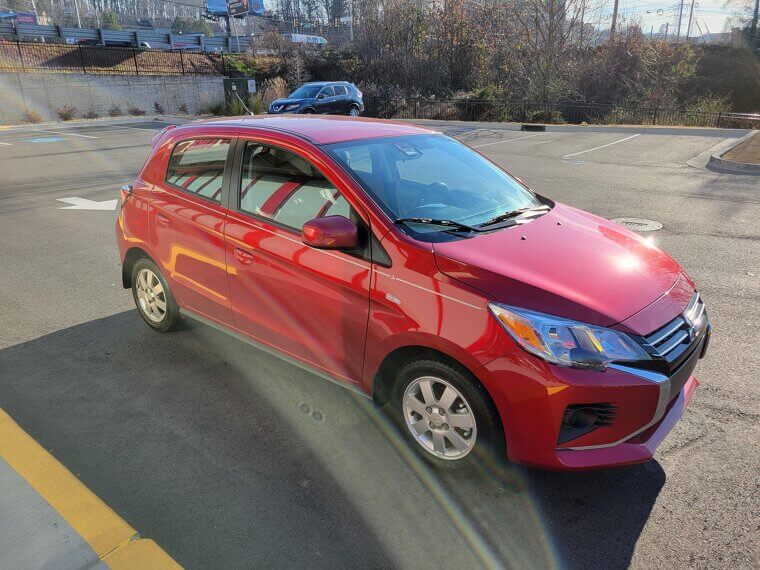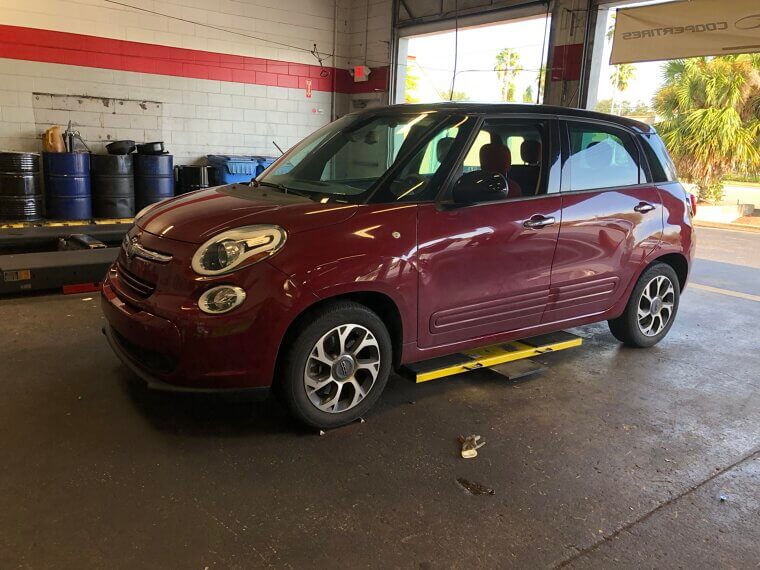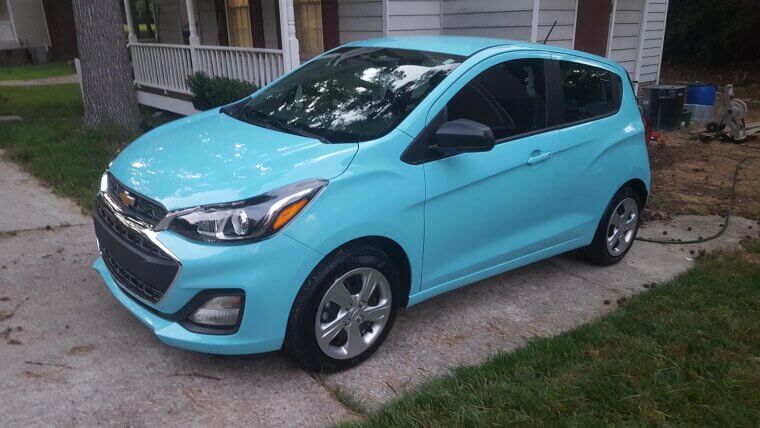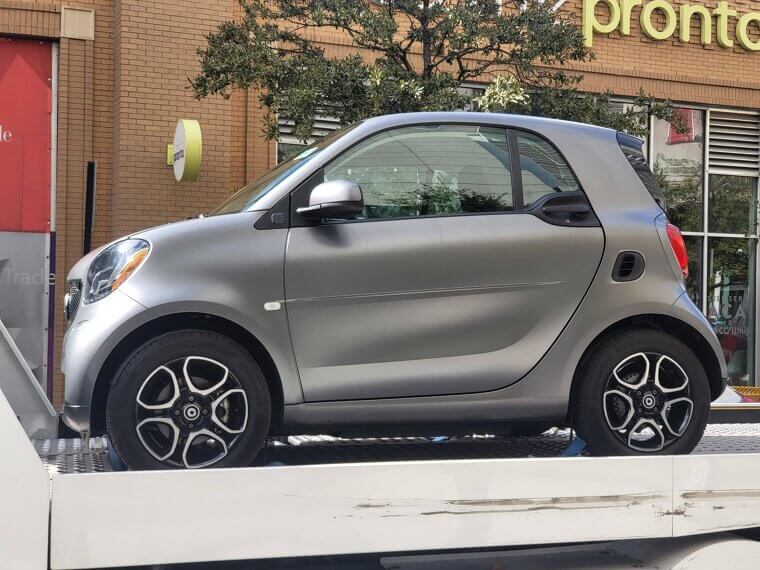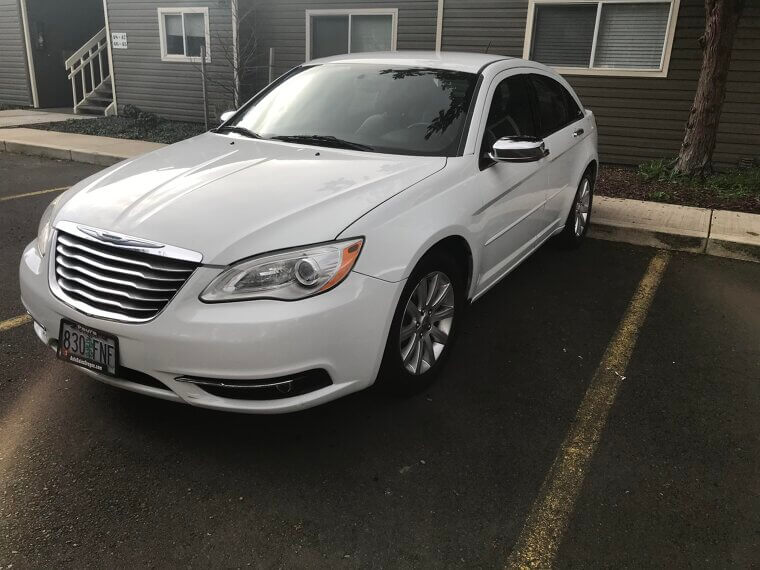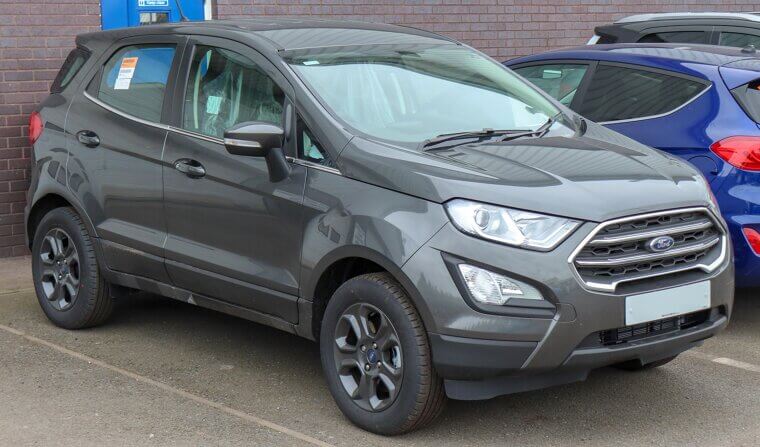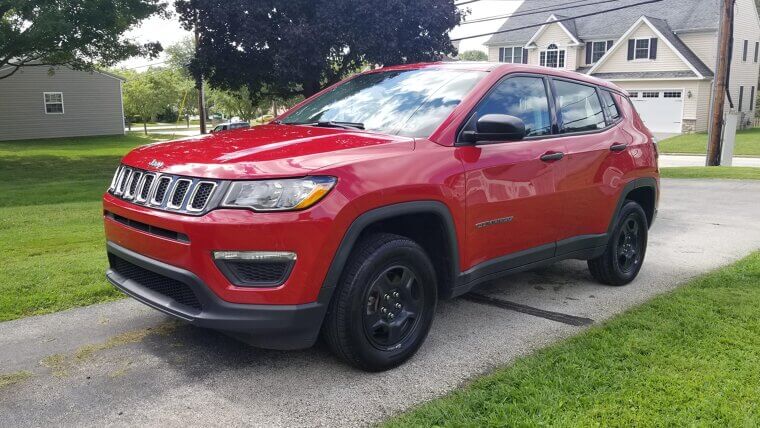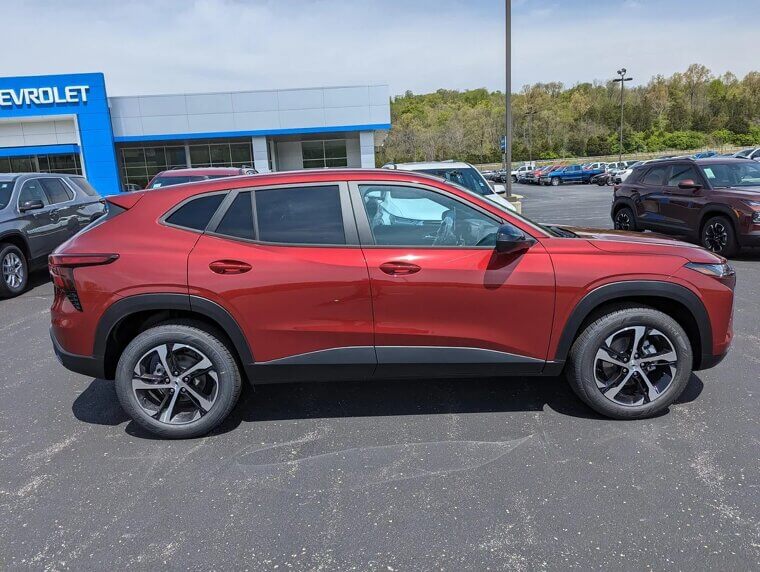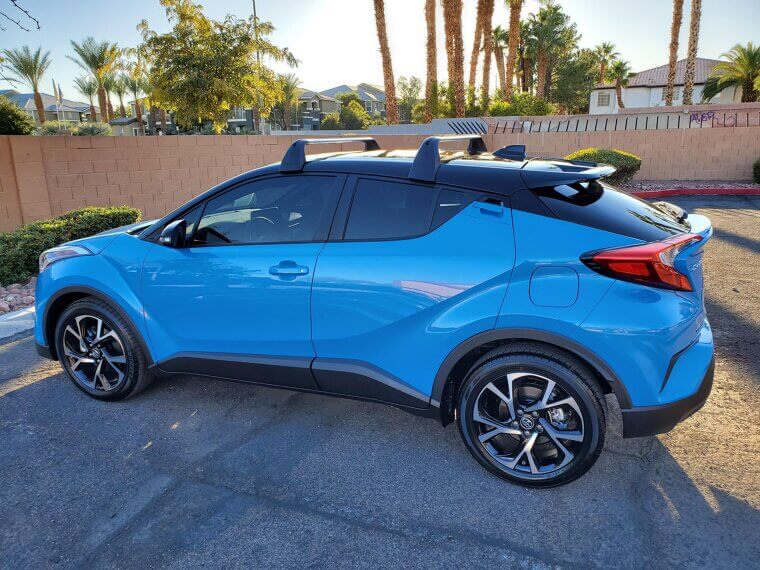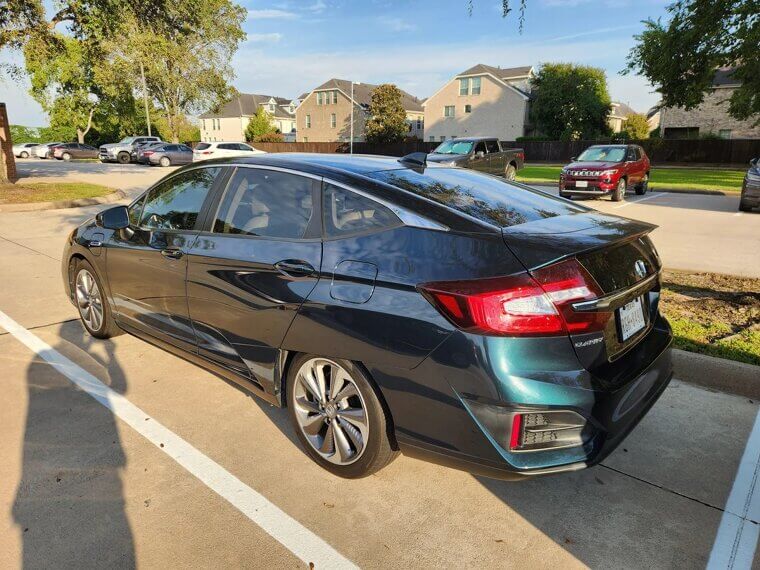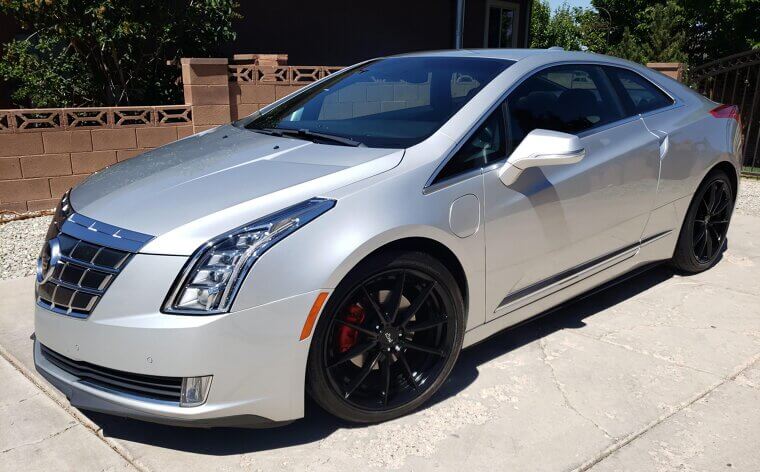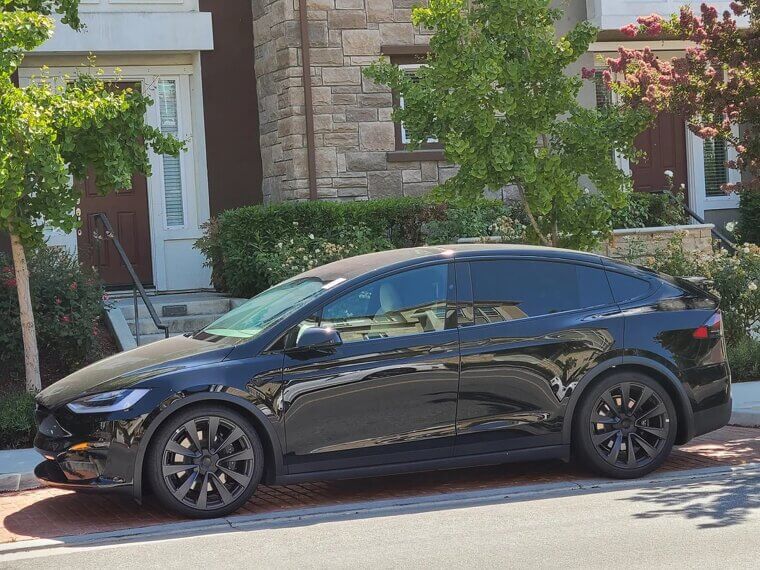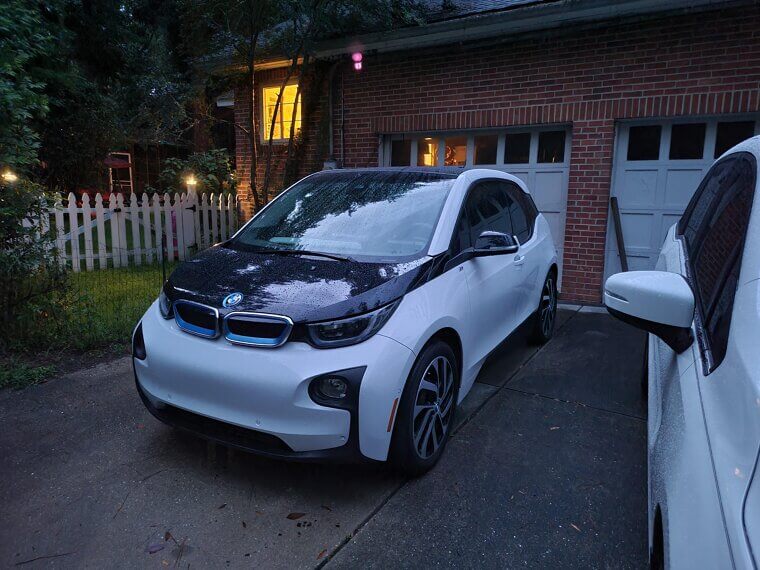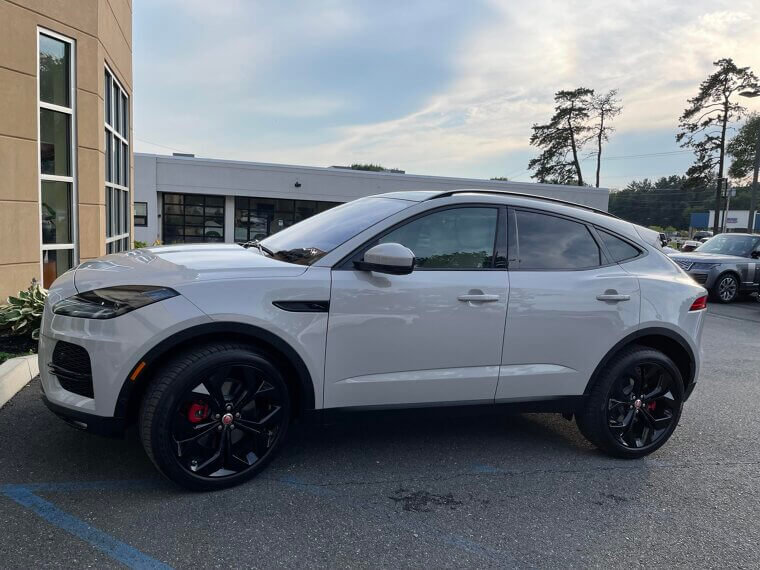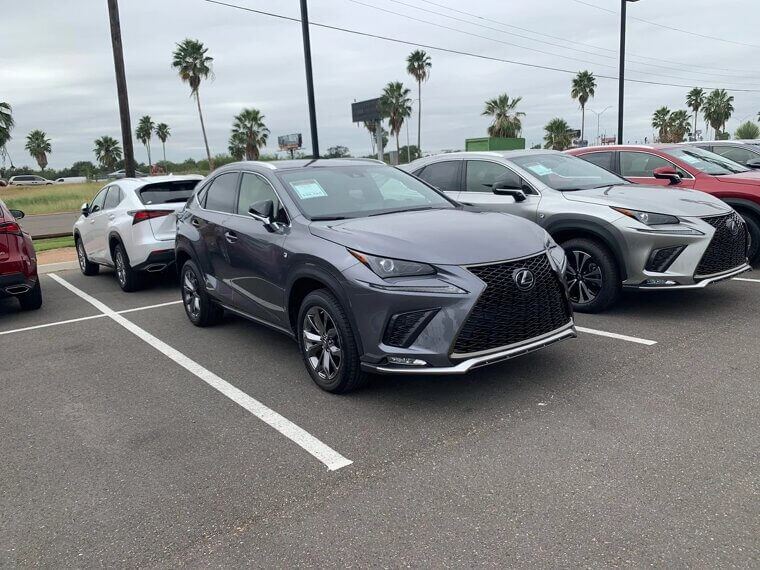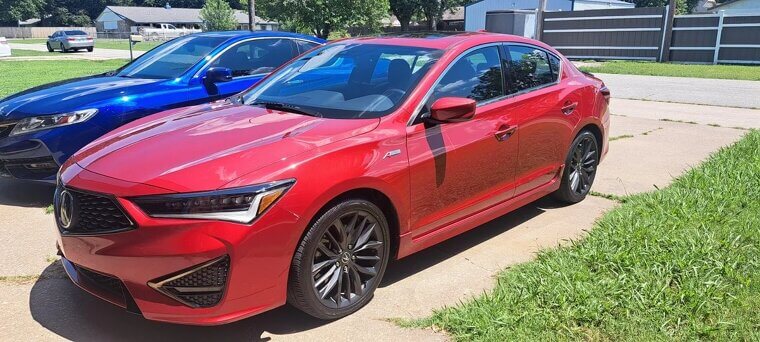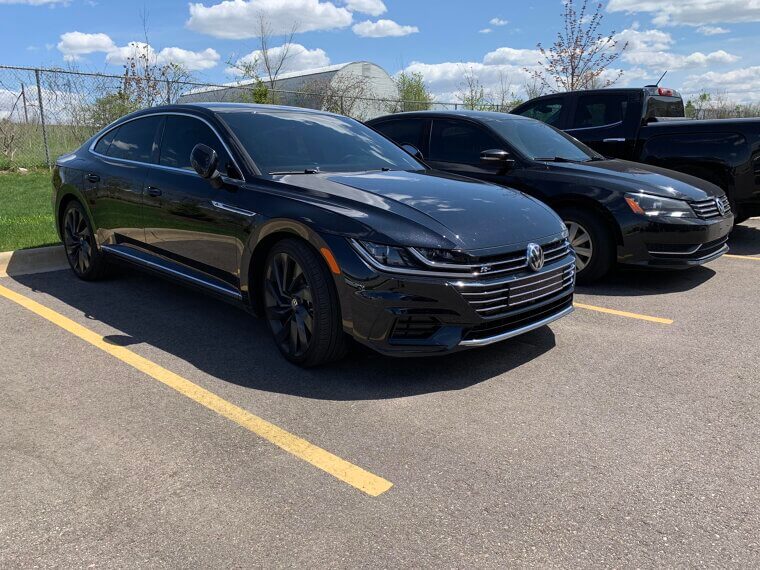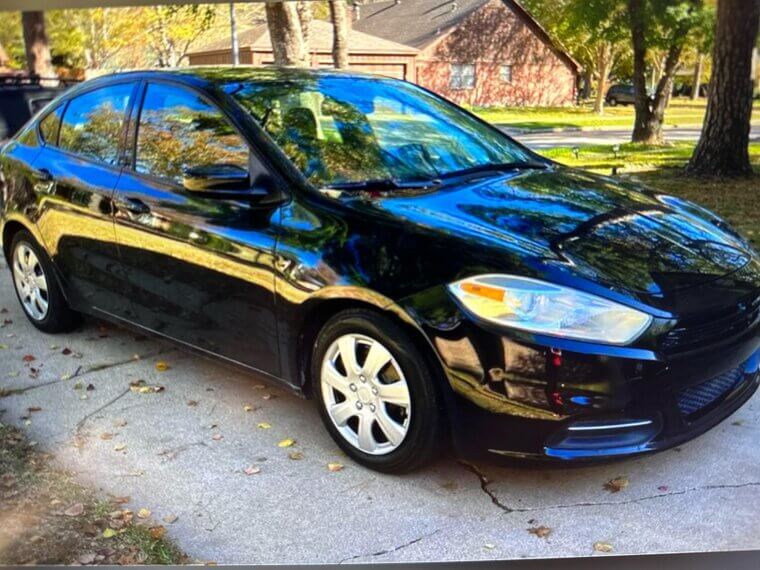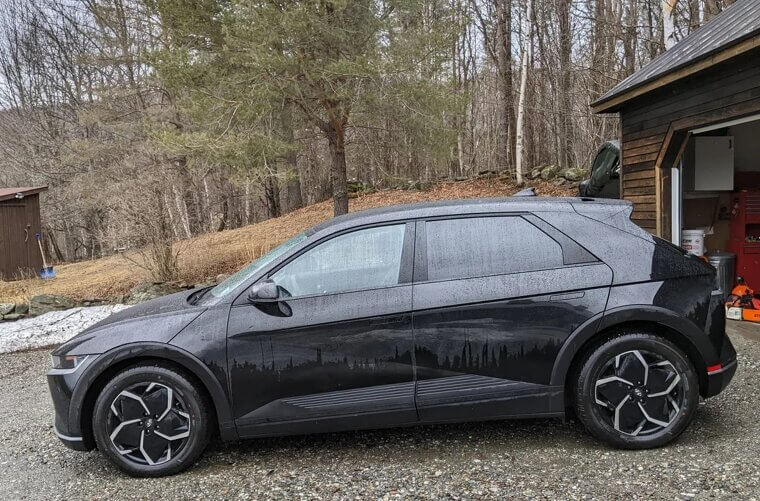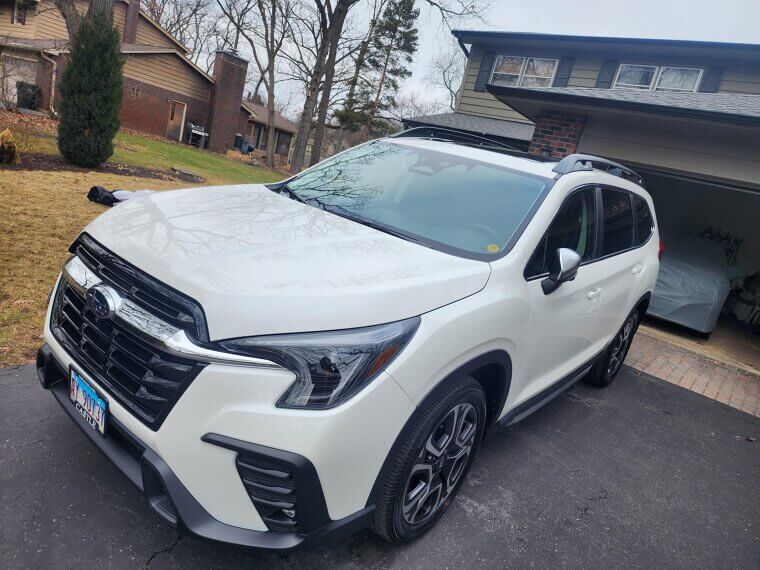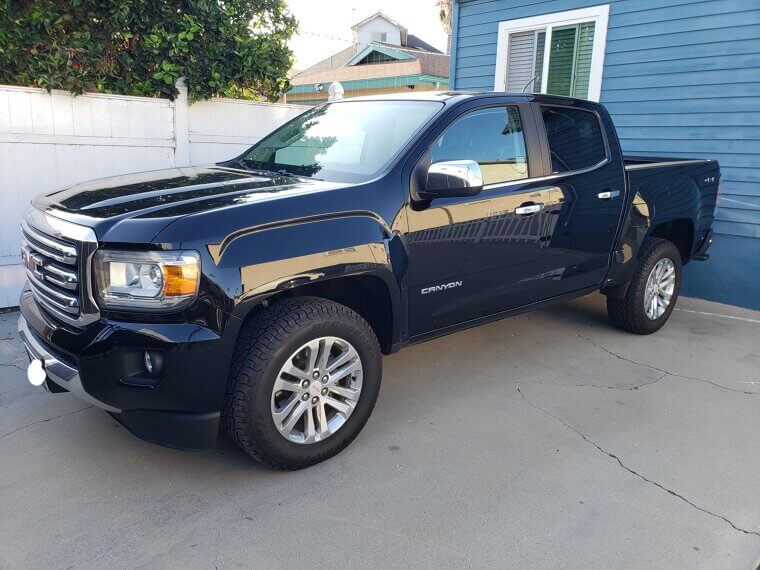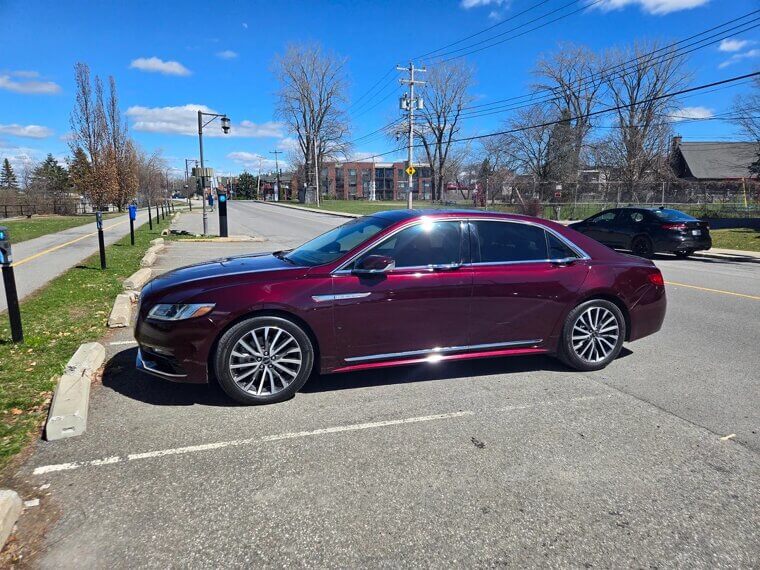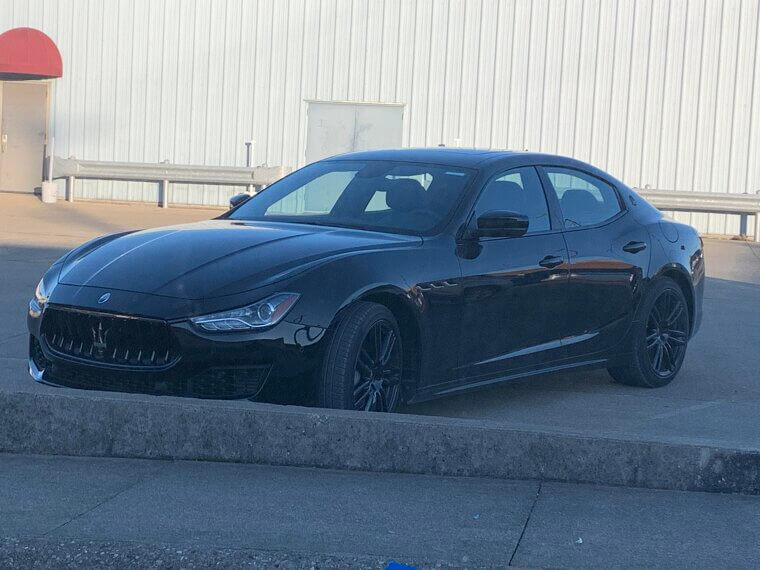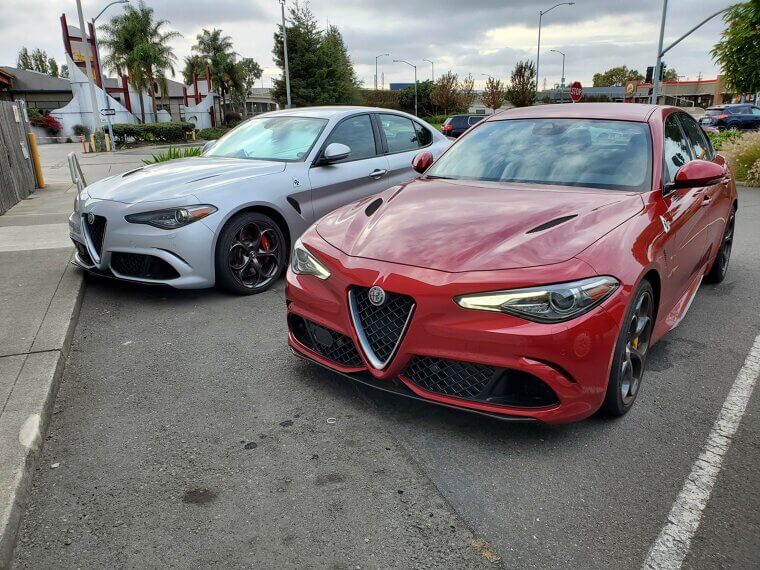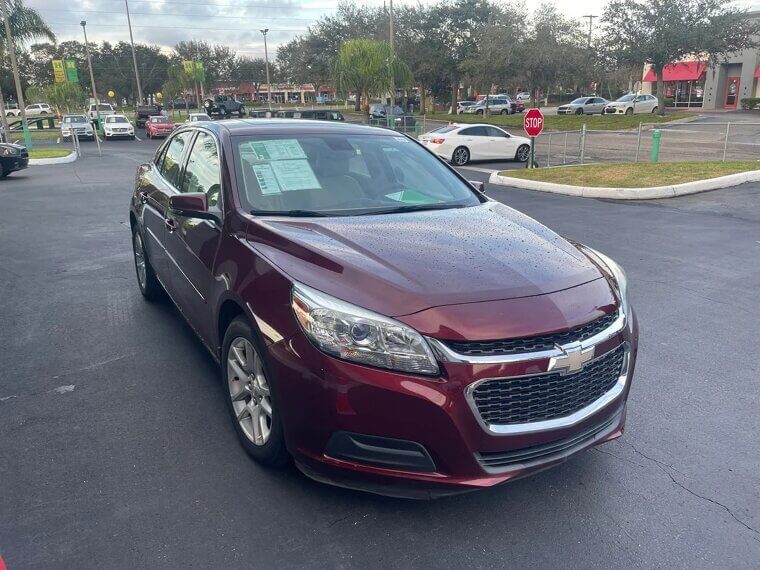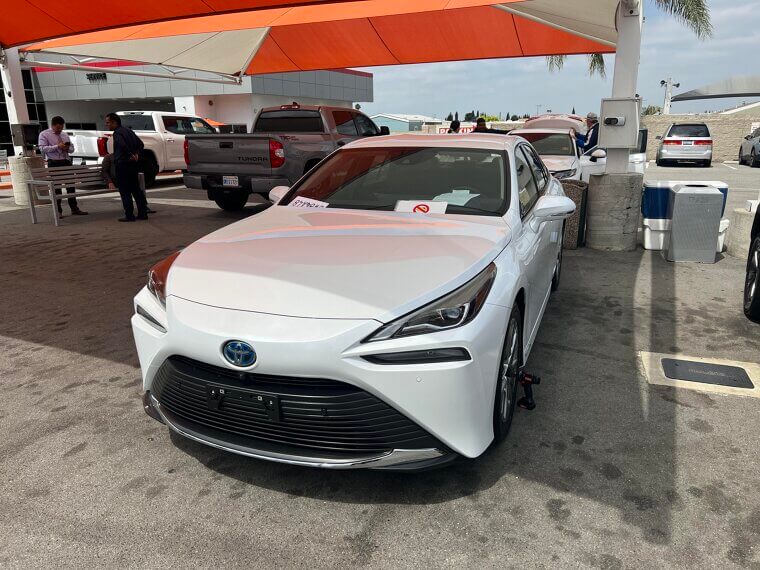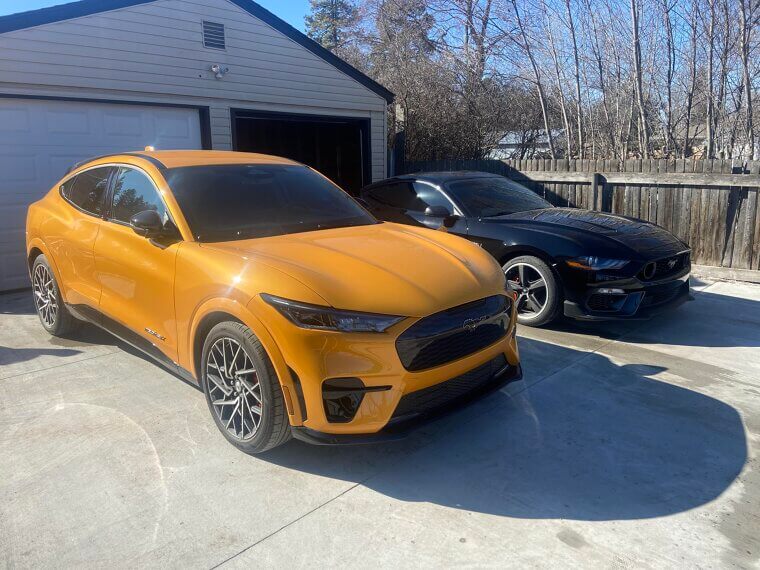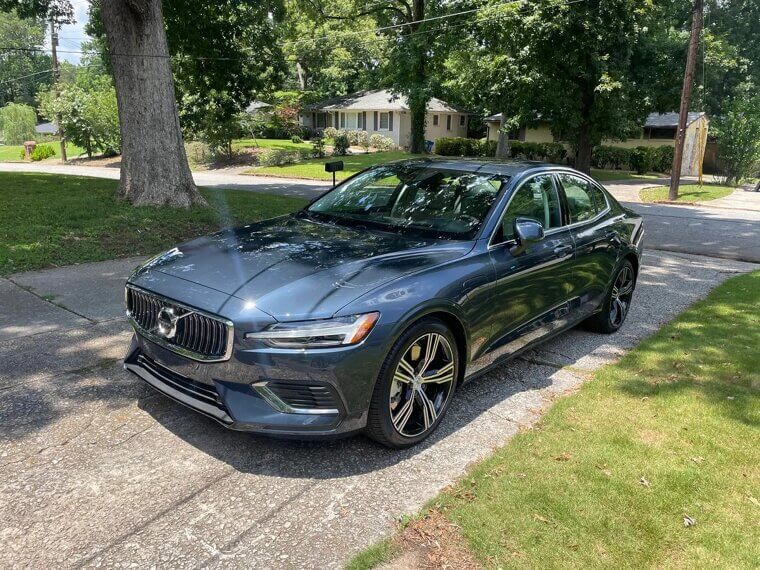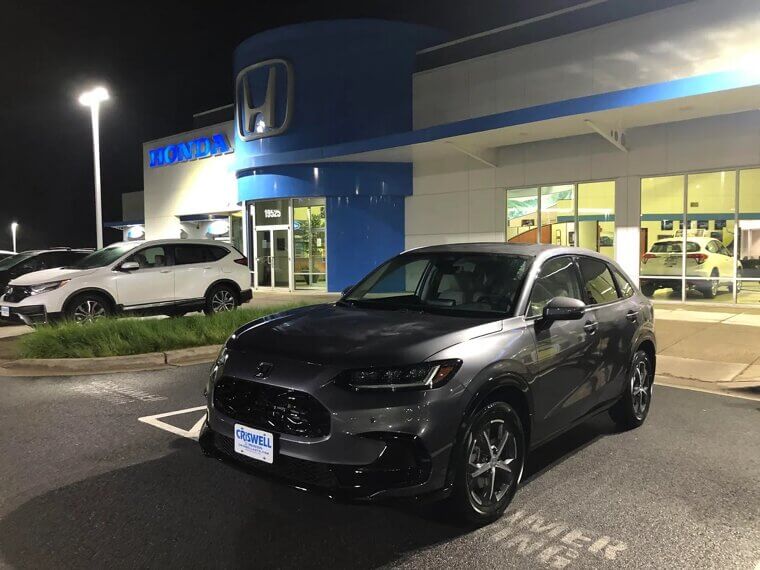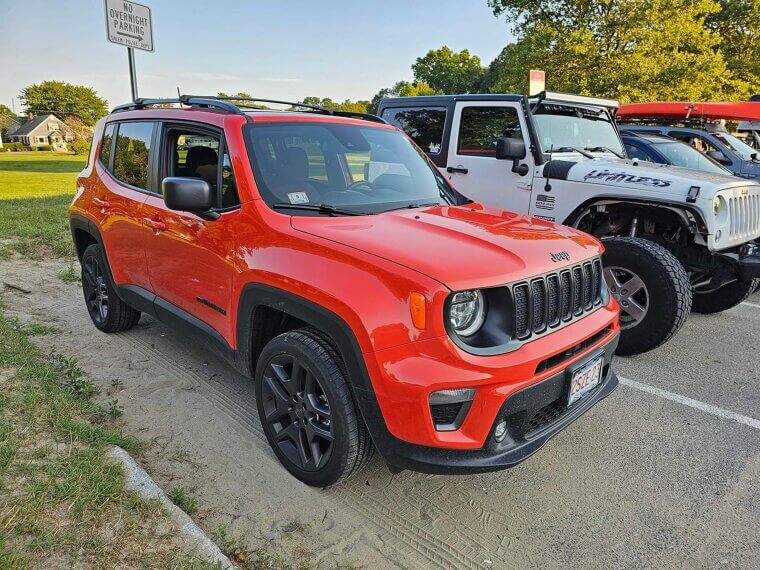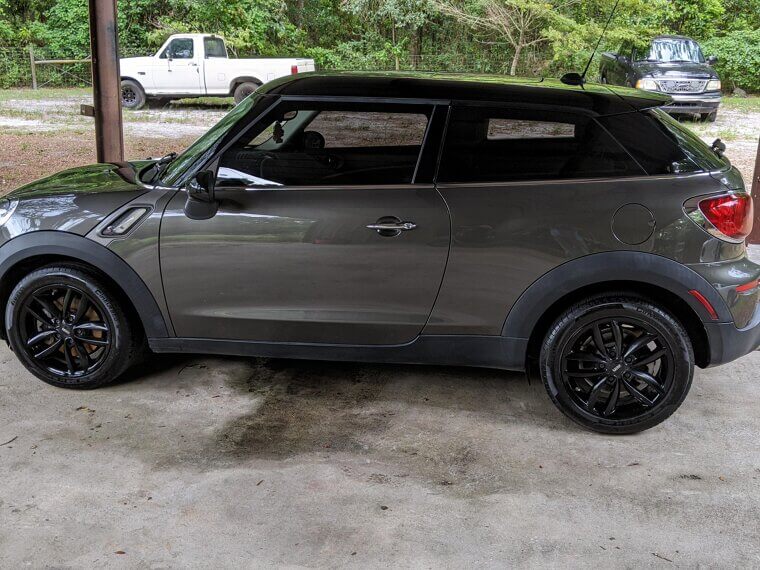The Last Decade Has Seen These Sadly Disappointing Cars From Big Automakers
Not every new car lives up to the hype surrounding it. Sure, some look exciting on paper, but they end up letting drivers down on the road. Curious to see which cars made our list of most disappointing releases of the last decade? Keep scrolling to find out more.
Mitsubishi Mirage
Mitsubishi’s Mirage was meant to be cheap and cheerful, but it only delivered on the cheap. It was too slow, felt too flimsy, and had as much excitement as a lawn mower. People wanted a budget car, but got an underwhelming disappointment instead.
Fiat 500L
Fiat tried to stretch the cute 500 into a family car, but it was just a big disappointment all around. The Fiat 500L is awkward-looking, cramped despite its size, and not fun to drive. The reliability? That’s shaky and disappointing, too. No one wanted it.
Nissan Versa Sedan
Nissan’s Versa Sedan earned itself the reputation as the cheapest new car you could buy. And honestly, it felt like it - cheap plastics, cheap looks, and a weak performance. Yes, it was affordable, but it sucked the joy out of driving for anyone who dared take it for a spin.
Chevrolet Spark
The Chevrolet Spark was marketed as a fun little city car. Instead, it was underpowered, cramped, and very cheaply built. It battled on highways and felt cheap driving around town. It was small and more affordable than other cars, but it just didn’t have the quality buyers wanted.
Smart ForTwo
The Smart ForTwo was tiny. It was also easy to park and quirky in a cute way. But it was too small, too slow, and way too bumpy. Plus, it wasn’t even that cheap. People quickly realized it was more of a novelty than a smart choice for a car.
Chrysler 200
Chrysler’s 200 was the brand’s attempt at a stylish midsize sedan. The design looked great, but the car just didn’t back it up. It had awkward proportions, weak engines, and a clunky transmission. At the end of the day, it was just a dud.
Ford EcoSport
The Ford EcoSport makes it onto our list for its weak engine, bad handling, and side-hinged rear door. Can you think of anything more annoying? It was marketed as a cool small SUV, but all buyers really got was an awkward hatchback.
Jeep Compass
Jeep’s first-gen Compass was nothing like the brand said it would be. People wanted that rugged style Jeep was famous for. Poor performance, plasticky interiors, and weak off-road ability were what they got instead. It wore a Jeep badge, but didn’t earn it.
Chevrolet Trax
The Trax felt like Chevrolet rushed to join the small SUV craze. It looked plain, drove blandly, and didn’t stand out in any way. Add in cheap interiors and sluggish performance, and you’ve got a disappointing car that no one wanted to buy.
Toyota C-HR
Toyota hyped the C-HR with wild styling and edgy looks. The reality was far different. The inside was cramped, and the drive was boring. Oh, and let’s not forget the fact that it had almost no power and no all-wheel drive. Buyers lost interest fast.
Honda Clarity
The Clarity came in multiple versions - electric, plug-in hybrid, and fuel cell. Sounds cool, right? Unfortunately, none of them really worked out. They all looked awkward, and the tech felt clunky. It was too expensive and confusing for most buyers, and Honda pulled the plug.
Cadillac ELR
Cadillac’s ELR was basically a fancy Chevy Volt with a Cadillac badge and a huge price tag. Yes, it looked fancy, but nobody wanted to pay luxury prices for an average performance. Sales bombed because nobody bought it. Collectors call it rare for the very same reason.
Tesla Model X
The Model X wowed people when it was first released. It had cool falcon wing doors and some fancy tech. But, early versions were buggy and unreliable. Owners complained about doors failing often. The hype was huge, but Tesla fans deserved better.
BMW I3
The i3 was supposed to be BMW’s cool electric car. Instead, it looked weird, had a very limited range, and was expensive for what you got. Sure, some people loved its quirky design, but many thought it just wasn’t premium enough for the high price tag.
Infiniti QX30
Infiniti’s QX30 looked sharp. In reality, it was basically a Mercedes with less polish. The interior was cramped, and it was a rough ride for people who expected comfort. It tried to mix luxury and sport, but ended up being neither. Buyers just didn’t see the point of it.
Jaguar E-Pace
The F-Pace was Jaguar’s small SUV. Everyone had big expectations, but it came out heavy and sluggish. The inside was anything but luxurious. For the price, people wanted sporty elegance. Instead, they got a car that felt clumsy and ordinary.
Lexus NX
The NX was Lexus’s first compact SUV. The styling was bold, but the performance was just meh. Everyone noticed how stiff the ride was and how it lacked the luxury Lexus fans expected. It sold, but many buyers were left underwhelmed.
Acura ILX
Acura’s ILX was meant to attract younger drivers to buy Acura. Instead, it felt like a Honda Civic with a bigger price tag. It lacked power and excitement, which are things buyers - especially young ones - look for in a car. Needless to say, it flopped hard.
Volkswagen Arteon
Behind the pretty design of the Volkswagen Arteon was a car that was underpowered and overpriced. And buyers quickly realized it wasn’t worth the cost when they got a glimpse of the cheap interiors. It just didn't have the sportiness and luxury it promised.
Dodge Dart
The Dart was hailed as Dodge’s big return to compact cars. It looked okay, but it was heavy and slow. Reliability was also an issue. Drivers expected a sporty and fun car, but got a dull, underwhelming car that didn’t live up to its hype.
Kia Cadenza
Kia tried to go big and classy with the Cadenza. It was comfortable, sure, but it lacked excitement. Nobody really wanted it, and sales were tiny. Collectors didn’t care about it either. It was just another bland sedan that faded away without anyone noticing.
Hyundai Ioniq
The Ioniq came as a hybrid, plug-in, or EV. The full EV was fine, but the other versions felt boring. The design was too plain, and the performance was anything but inspiring. Many people compared it to the Prius, but found nothing special.
Subaru Ascent
The Subaru Ascent was the brand’s big family SUV comeback. But the first ones had a lot of early problems like transmission issues and electronics failures. Recalls followed soon after it was released, and nobody wanted to be saddled with the headaches of owning a problematic car.
GMC Canyon Diesel
The Canyon Diesel sounded cool as a small truck with big towing power. In reality, it was too expensive and had reliability concerns. The performance just didn’t justify the cost. Buyers found it wasn’t worth it compared to gas models.
Lincoln Continental Revival
The revival of the popular Lincoln Continental should have been a hit. Instead, it was bland and boring. The styling was too safe, the drive was dull, and the luxury didn’t stand out. Yes, it carried a legendary name, but it just didn’t have the magic.
Maserati Ghibli
The Ghibli promised buyers Italian luxury and performance at a lower price. To make this happen, Maserati cut corners everywhere - including the interiors and performance. People wanted an exotic car and got an average one instead.
Alfa Romeo Giulia
Alfa’s Giulia is stunning and fun to drive - when it actually works, that is. The problem is, it often doesn’t. Reliability issues all but tanked Alfa Romeo’s reputation as buyers became frustrated with the endless trips to the repair shops with their Giulias.
Nissan Kicks
The Kicks replaced the Juke. People hoped for a fun car, but got one that was slow, bland, and cheap inside. It lacked personality, and buyers were underwhelmed. The Kick was more meh than exciting, and Nissan missed the mark.
Chevrolet Malibu
Chevrolet’s Malibu was once a household name, but the more recent versions have fallen flat. The styling is forgettable, the interior is cheap, and it doesn’t drive as well as rivals. Buyers just aren’t interested in the newer models and are leaving the brand behind.
Toyota Mirai
The first-generation Mirai is a hydrogen-powered car that feels way ahead of its time. Sounds cool, but it’s pretty impossible to fuel outside California. The price? Way too high for a car that seems more like a science project than a car that’ll get you where you want to be.
Ford Mustang Mach-E
The Mach-E was hyped as Ford’s bold electric Mustang. But the early versions had software glitches and build issues. It caused frustrating problems for anyone who bought one. It’s better now, but the launch left a lot of people disappointed.
Volvo S60
Volvo’s S60 is everything you expect to be - safe, stylish, and well-built. The problem comes in when you look at its performance. It’s just boring. It felt too plain, and weak sales prove the point. Volvo fans wanted excitement, and the S60 just didn’t deliver it.
Honda HR-V
The HR-V had Honda’s reputation for reliability, but it came out underpowered and sluggish. The cabin felt way too cheap, and the ride was bland. Buyers expecting a fun small SUV were not happy with the car known as one of Honda’s rare misses.
Jeep Renegade
The Renegade is fun and quirky on the outside, but it was cramped and noisy on the inside. Add in the fact that it was not very good off-road, and you’ve got disappointed buyers who wanted adventure and got frustration instead.
Mini Cooper Paceman
The Paceman tried too hard to be a sporty coupe version of the Mini Countryman. It fell short, and was awkward, impractical, and too expensive. Buyers didn’t see the point of the car, and the sales tanked. It’s the rare Mini nobody really wanted.


